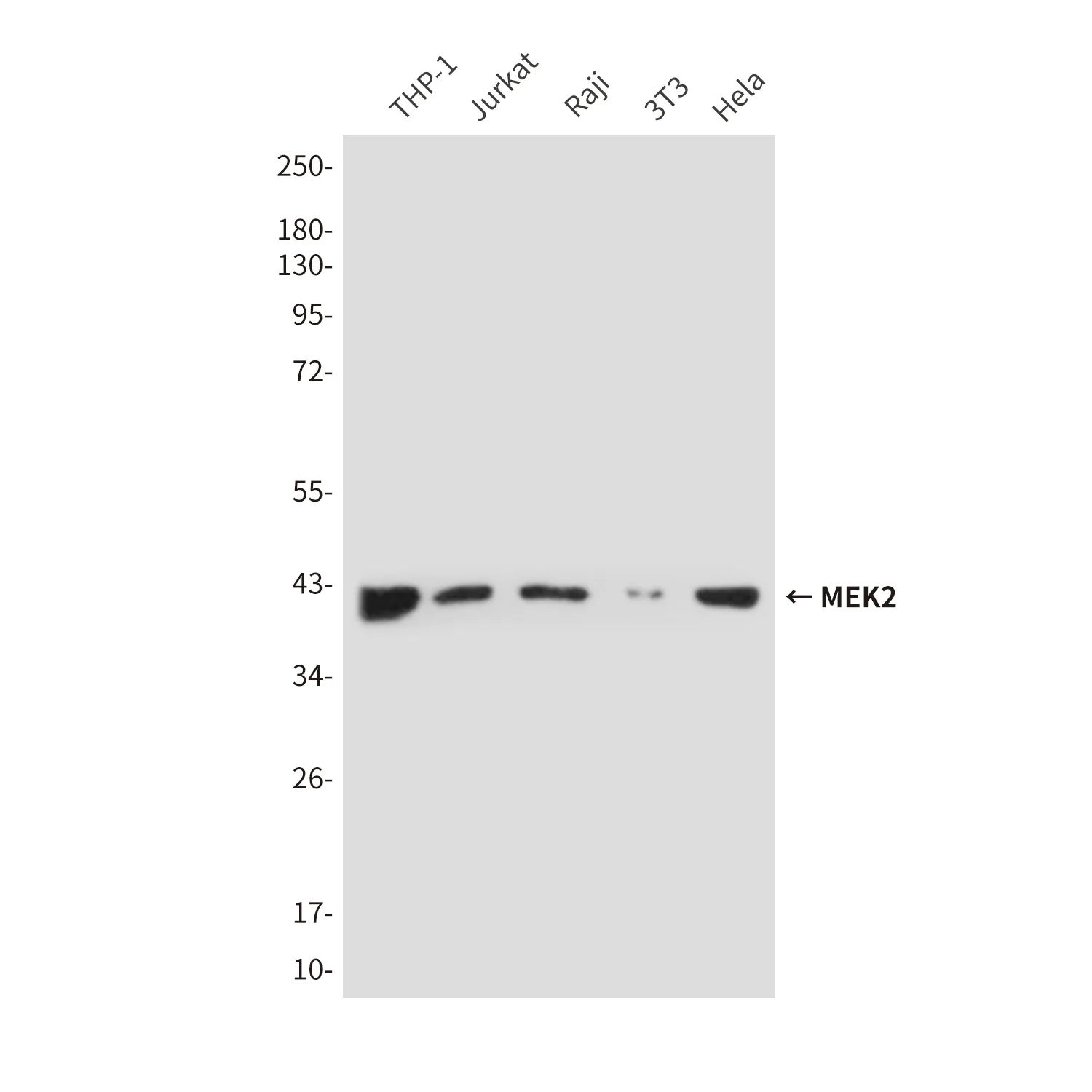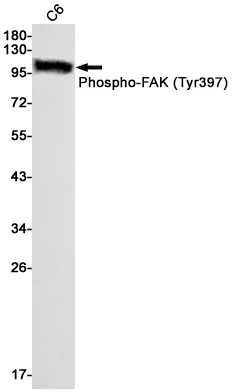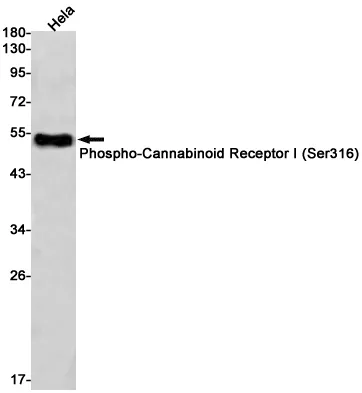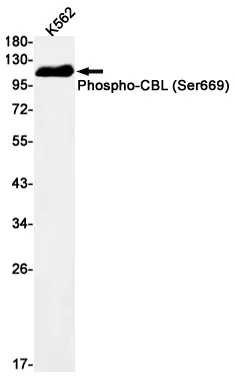Summary
Performance
Immunogen
Application
Background
Adapter linking MAP3K7/TAK1 and TRAF6 or TRAF2. Mediator of MAP3K7 activation, respectively in the IL1 and TNF signaling pathways. Plays a role in activation of NF-kappa-B and AP1 transcription factor. Isoform 2 may be an oncogenic factor. Adapter required to activate the JNK and NF-kappa-B signaling pathways through the specific recognition of 'Lys-63'-linked polyubiquitin chains by its RanBP2-type zinc finger (NZF) (PubMed:14633987, PubMed:14766965, PubMed:15327770, PubMed:22158122). Acts as an adapter linking MAP3K7/TAK1 and TRAF6 to 'Lys-63'-linked polyubiquitin chains (PubMed:14633987, PubMed:14766965, PubMed:15327770, PubMed:22158122). The RanBP2-type zinc finger (NZF) specifically recognizes Lys-63'-linked polyubiquitin chains unanchored or anchored to the substrate proteins such as RIPK1/RIP1: this acts as a scaffold to organize a large signaling complex to promote autophosphorylation of MAP3K7/TAK1, and subsequent activation of I- kappa-B-kinase (IKK) core complex by MAP3K7/TAK1 (PubMed:15327770, PubMed:22158122).
Research Area




